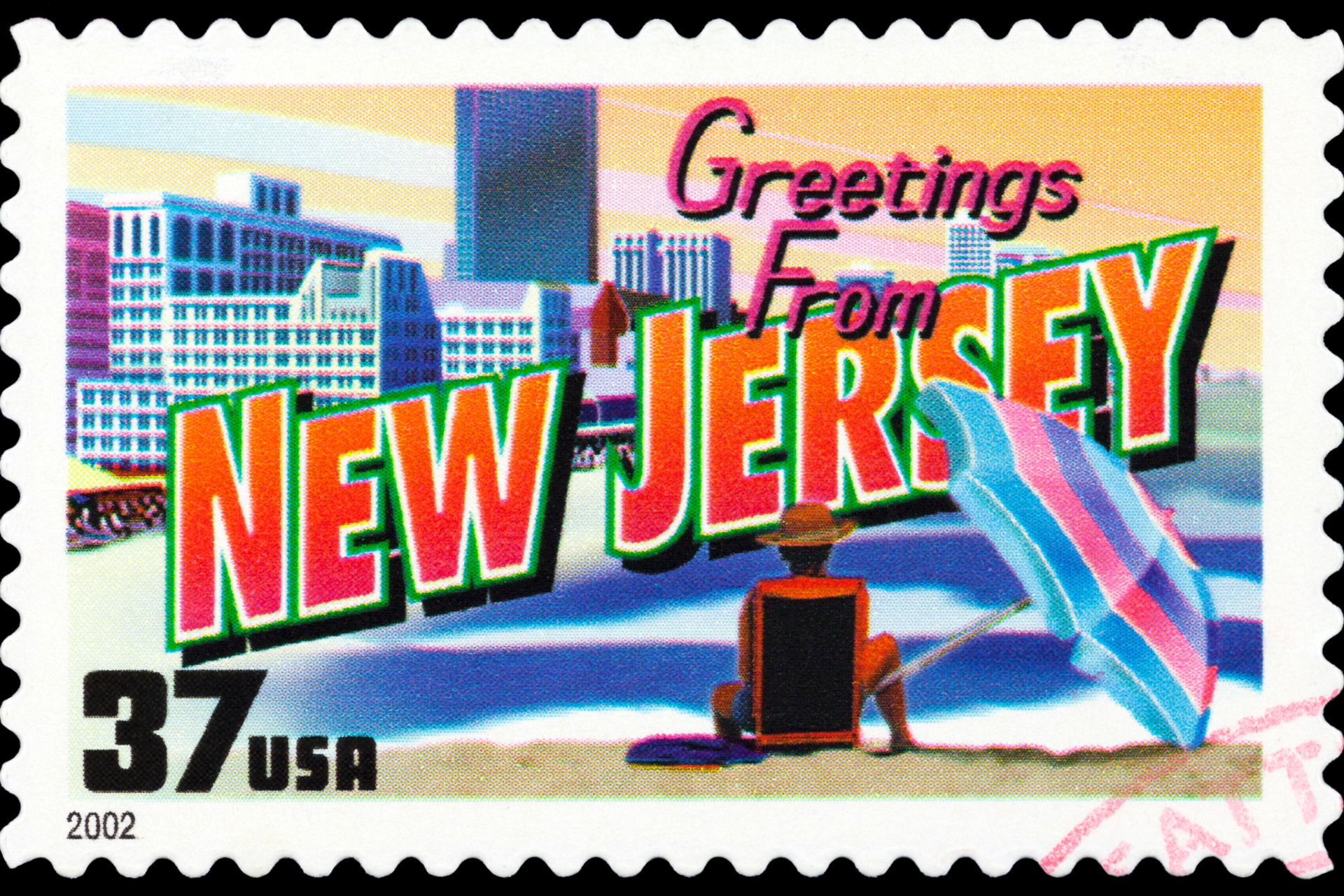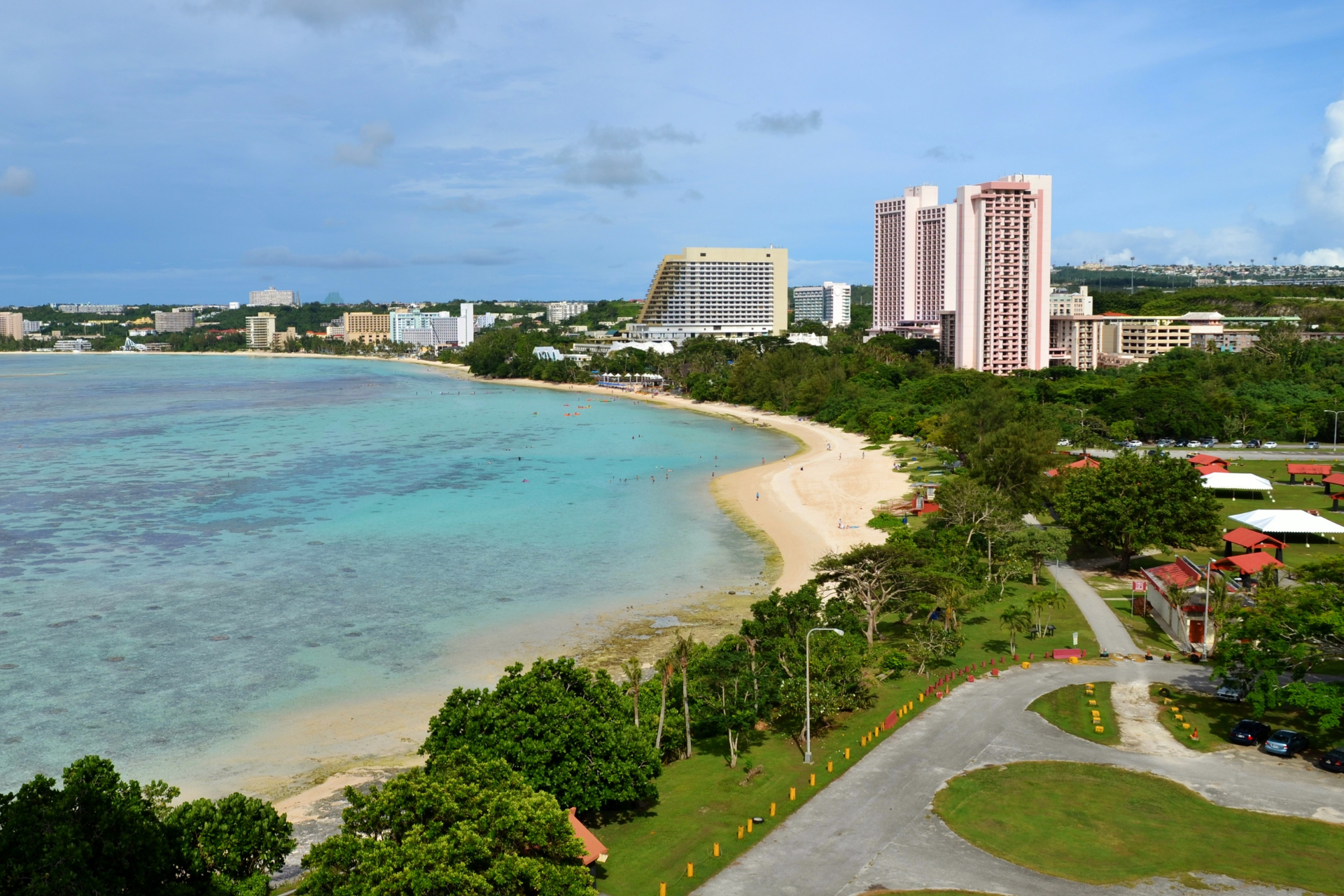Puerto Rico receives much less funding for healthcare than any of the 50 states, even though its needs are greater. In a Congressional hearing last week, Rep. G.K. Butterfield (D-NC) asked, “Why are the U.S. territories treated differently?”
Dr. Anne L. Schwartz, the director of Medicaid and CHIP Payment and Access Commission (MACPAC), responded that the inequity is a “historic artifact” that “has not been updated.”
Rep. John Sarbanes (D-MD) followed up with a question about the origins of the differences in Puerto Rico’s Medicaid program. Sarbanes said that this information is important; to make the most robust argument, we need to say that needs must be met and the rationale that justified past treatment is no longer relevant.
The History of Medicaid in Puerto Rico
Medicaid originally was for people who received Federal cash assistance (welfare). Puerto Rico was included along with the 50 states, and the territories of Guam and the U.S. Virgin Islands.
In 1968, a cap was placed on federal funds for healthcare in Puerto Rico. The cap is still in place. This means that Puerto Rico, unlike the states, does not receive more funds when needs are greater. States receive a percentage of their healthcare costs; if their needs are greater, the federal funds are greater.
Why should Puerto Rico receive less funding?
There have been two main arguments used to justify the much lower funding of the territories in Medicaid. The primary one has been that their residents, both corporate and individual, have been exempted from most Federal income taxation.
Americans who are eligible for Medicaid, whether living in the States or in Puerto Rico, do not generally pay any income taxes. They don’t earn enough to pay income taxes, regardless of where they live. Indeed, residents of the States who receive Medicaid may also receive refundable tax credits like EITC and the full Child Tax Credit, meaning that their income tax filing could bring additional cash from the federal government.
Another argument for lesser funding has been that Puerto Rico is relatively poor, so the percentage of the population that would benefit from equal funding would be relatively high and that would be disruptive in the islands’ society, providing, for example, a disincentive to work. Time has shown the opposite to be true. Puerto Rico’s being short-changed in funding has disrupted the society by encouraging Puerto Ricans, Americans by birth, to move to the States.
Interestingly, an article from Medicaid and Medicare Research Review seems to imply that the cap was put in place because Puerto Rico’s healthcare costs were increasing. “Poverty,” the authors remark, is “a perennial problem in Puerto Rico.” A 7.5% increase in healthcare costs between Medicaid’s inception in 1965 and the introduction of the funding cap in 1968 is mentioned in the explanation of the cap.
Puerto Rico’s status affects Medicaid
Each State has two senators and a number of Members of the House appropriate to the State’s population. Puerto Rico has a Resident Commissioner with very limited voting ability. Congress is also allowed to make different rules for territories than for States.
To followers of politics, it is no surprise that Puerto Rico does not receive equal treatment. Puerto Ricans have a very limited voice in the process. Vann R. Newkirk II wrote in The Atlantic that the Medicaid restrictions for Puerto Rico echoed the limitations of the 1950 Social Security law which brought territories into the Social Security system established for the States in 1935. Nutrition assistance in Puerto Rico is similarly capped today.
President Obama pledged to treat Puerto Rico equally with the States in his healthcare reform when he campaigned in Puerto Rico for its primary to elect delegates to the Democratic National Convention. He reiterated the promise during his transition and after taking office when he began to work on his healthcare reform. When his administration began to develop the ACA internally and with congressional committees, White House staff leading on the legislation said that they would get to the treatment of the territories after working out bigger issues. When the bigger issues were worked out, they said that there was no money left.
Several members of Congress, including House Ways and Means Committee leader Rep. Charles Rangel (D-NY), Jose Serrano (D-NY) and members of the Hispanic Caucus led by Puerto Rico’s resident commissioner, worked to include the territories. However, the territories were left out of the ACA legislation itself. The provisions for them were then included in the Health and Education Budget Reconciliation bill that passed shortly after and amended the ACA.
The same process — based on the fact that territories don’t have to be treated equally with States — has led to the problems Puerto Rico faces in relation to healthcare. The additional costs of healthcare for Puerto Rico’s government, compared with the governments of the States, have also been a major factor in Puerto Rico’s fiscal woes.



Pingback: Health & Education Austerity Measures to Be Reevaluated | FBI Reform
Pingback: Puerto Rico Report: Chairman Grassley Unsatisfied with CMS Response on Puerto Rico Medicaid | The Jibaro News - jibaronews.com - The News And Times Of Puerto Rico
The article did not mentioned Puerto Rico’s doctors lobbied against parity back in the 80’s under the exgobernor administration Rafael Hernandez Colon, they argued that medicine services shouldn’t be socialize. It is important that we had the opportunity for parity and ironically Puerto Rico’s doctors back then lobbied against it.